Tretinoin and Retinol Which Therapy Should You Choose?
Retinol is an over-the-counter retinoid and a more powerful, more effective version of retinaldehyde and retinyl palmate. Tretinoin, on the other hand, is a synthetic vitamin A prescribed by your dermatologist or health care professional.

Blog Posts
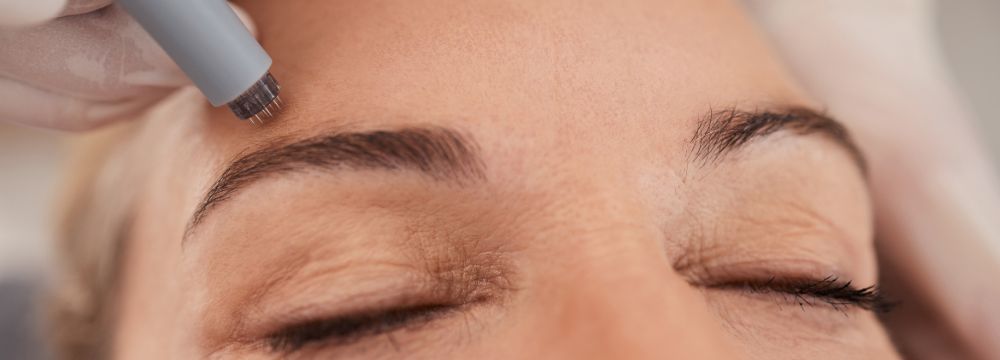
The Benefits & Concerns of Vampire Facials – Microneedling With PRP
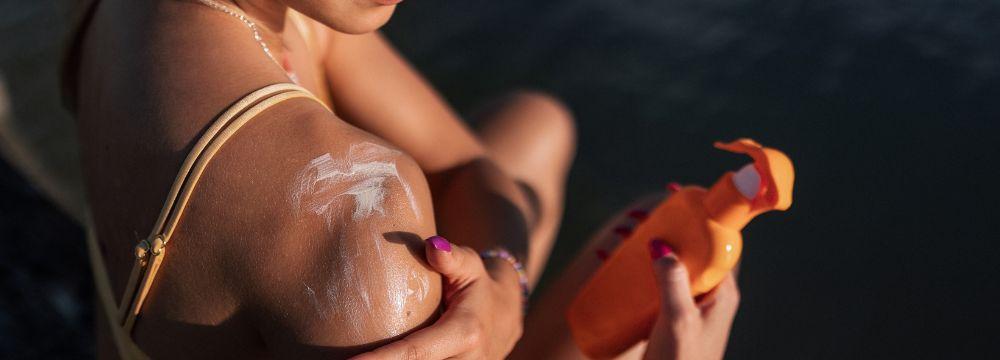
Understanding How the Sun Can Do Damage Beneath the Visible Skin
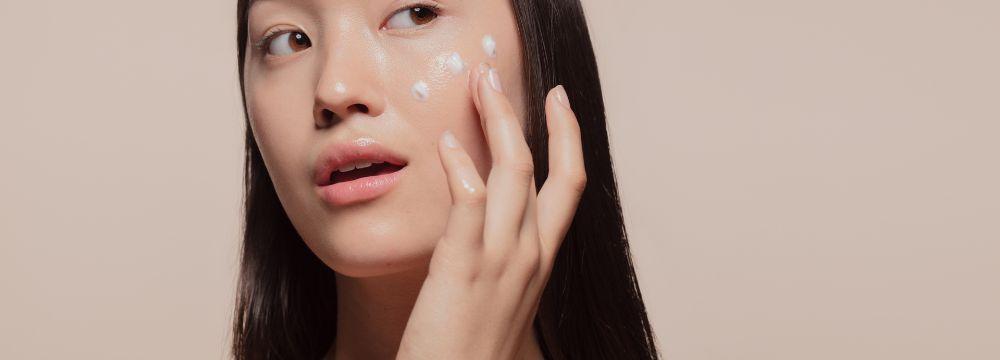
Three Proven Compounds to Tackle Dry and Sensitive Skin
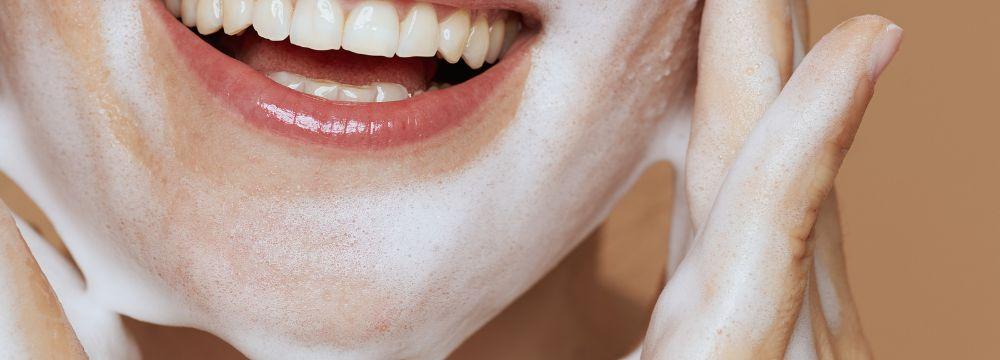
Does Panoxyl Acne Wash Work (& Three Good Alternatives)

Three Hacks for Dull Skin
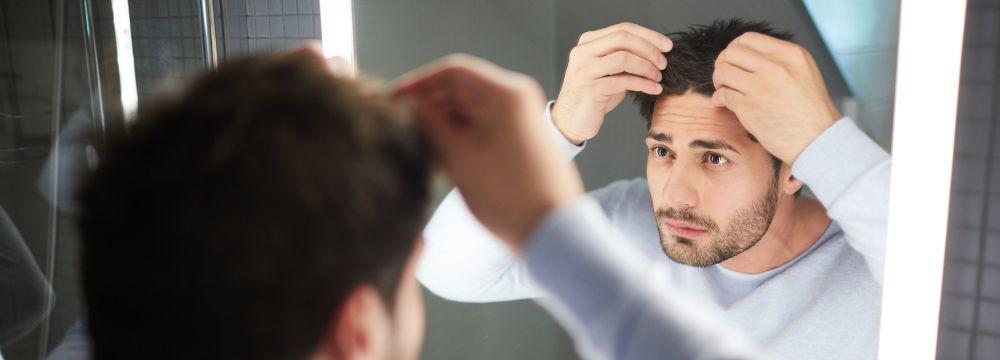
Hair Loss Treatments for Men Compared
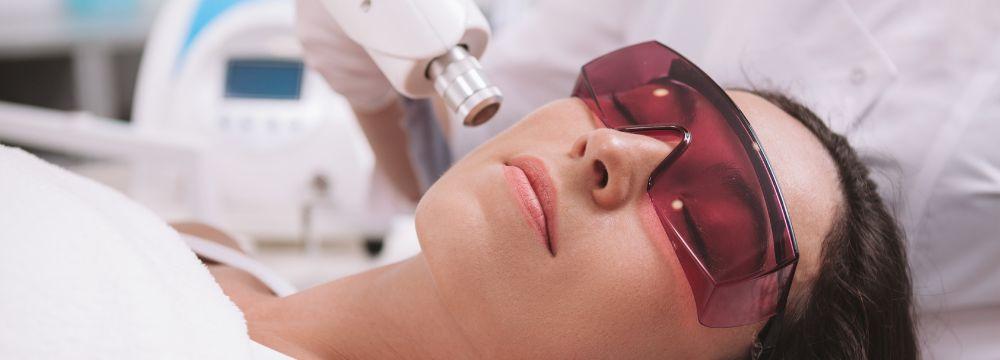
How We Minimize Skin Discoloration After Laser Treatments
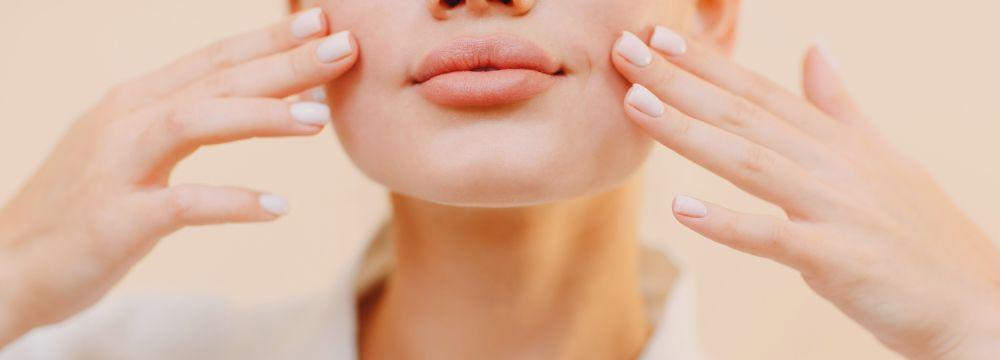
What Is “Skin Tightening” and How Do You Achieve It

Acne Scar Removal: What You Need to Know
